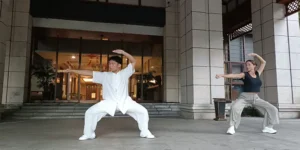”Best” martial art for health is not a single discipline but rather the one that most effectively aligns with your specific health goals.
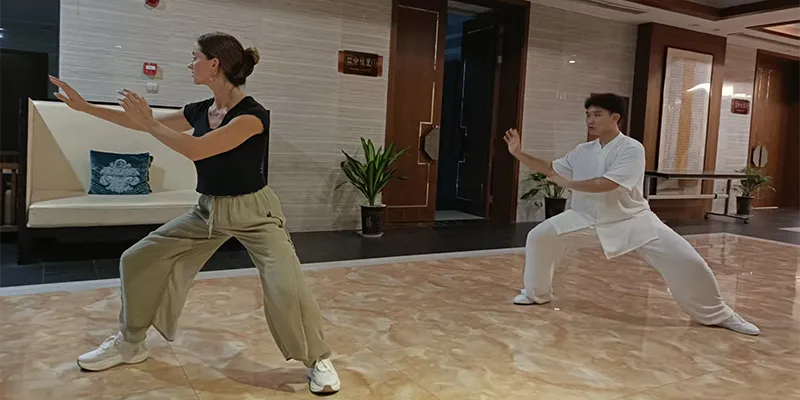
For overall health wellness, internal art like Tai Chi is the healthiest martial art, scientifically proven to enhance balance, reduce stress, and improve cardiovascular and joint health.
For those seeking a dynamic full-body workout that builds cardiovascular endurance, muscular strength, and flexibility, karate or taekwondo provides structured, high-energy training.
Besides, Brazilian Jiu-Jitsu develops practical strength and problem-solving skills.
Why Is Tai Chi Considered the Healthiest Martial Art?
Tai Chi is hailed as “the healthiest exercise” or “the best martial art for health.” Its core advantage lies in being a gentle aerobic activity that effectively enhances cardiovascular function, boosts metabolism, improves blood circulation, and increases muscle strength and bone flexibility.
Tai Chi is known as “meditation in motion.” Practice requires deep concentration and the exclusion of distracting thoughts, thereby alleviating stress, anxiety, and depression, improving sleep quality, and enhancing mental resilience and focus.
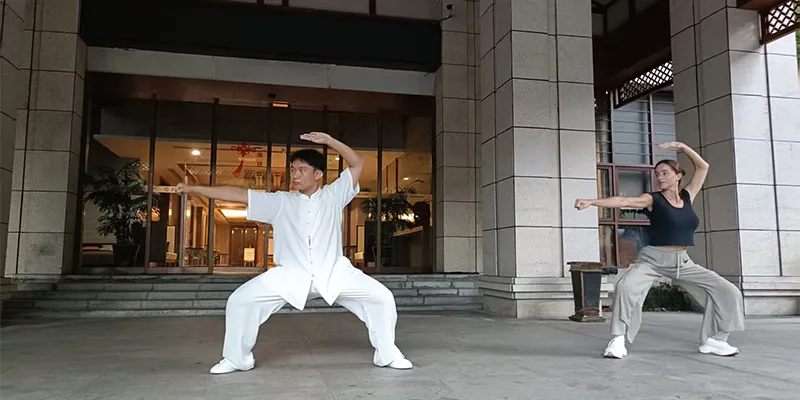
Extensive medical evidence demonstrates that Tai Chi effectively lowers blood pressure, blood lipids, and blood sugar, reducing the risk of heart disease, hypertension, and stroke. Furthermore, the numerous weight-shifting and single-leg stance movements in Tai Chi significantly improve balance and physical coordination. The American College of Rheumatology recommends Tai Chi for arthritis management, as it alleviates joint stress.
Unlike high-intensity, competitive martial arts, Tai Chi is renowned for its low-impact nature and safety, making it suitable for nearly all ages and fitness levels. Requiring no special equipment or facilities, it can be practiced in communities or parks.
Other Martial Arts for Health
Brazilian Jiu-Jitsu (BJJ)
Brazilian Jiu-Jitsu has global popularity for its ground-focused grappling techniques and leverage over brute strength. Developed by the Gracie family in Brazil, BJJ is particularly noted for:
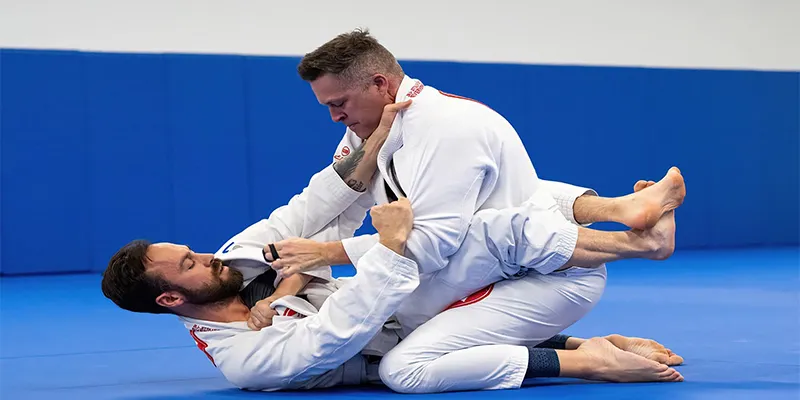
- Core strengthening through ground fighting techniques that engage abdominal muscles extensively.
- Full-body strength development as practitioners use their entire body to control opponents.
- Enhanced flexibility from the diverse range of motions required for submissions and sweeps.
- Cardiovascular improvement through intense rolling sessions that build endurance.
- Mental benefits include problem-solving skills and strategic thinking as practitioners adapt to opponents’ moves.
BJJ’s unique approach allows individuals of all sizes to benefit, as it emphasizes technique rather than physical power, making it accessible to various fitness levels.
Muay Thai (Thai Boxing)
Known as the “Art of Eight Limbs” for its use of fists, elbows, knees, and shins, Muay Thai provides an exceptional cardiovascular workout that challenges the entire body. Its health benefits include:
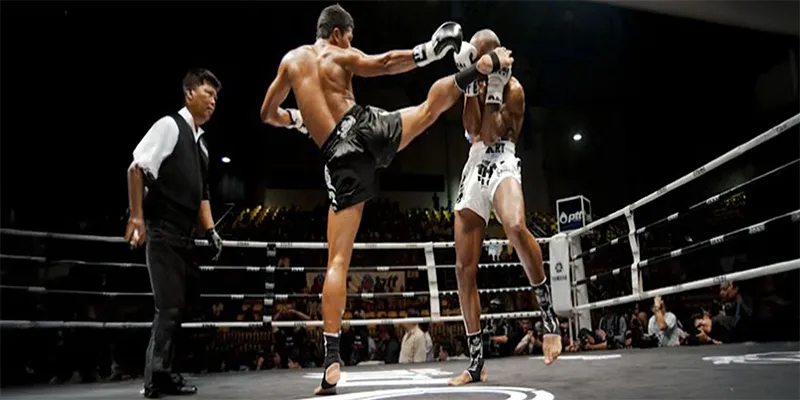
- Superior cardiovascular conditioning through high-intensity pad work and sparring.
- Muscle toning and strength, particularly in the legs, arms, and core, from repetitive striking and clinching work.
- Improved agility and coordination from practicing complex strike combinations and defensive maneuvers.
- Calorie burning that aids significantly in weight loss.
The intense nature of Muay Thai training makes it particularly effective for those seeking dramatic improvements in physical fitness and endurance.
Taekwondo
As an Olympic sport, Taekwondo has gained international recognition for its dynamic kicking techniques and structured training system. Health benefits include:
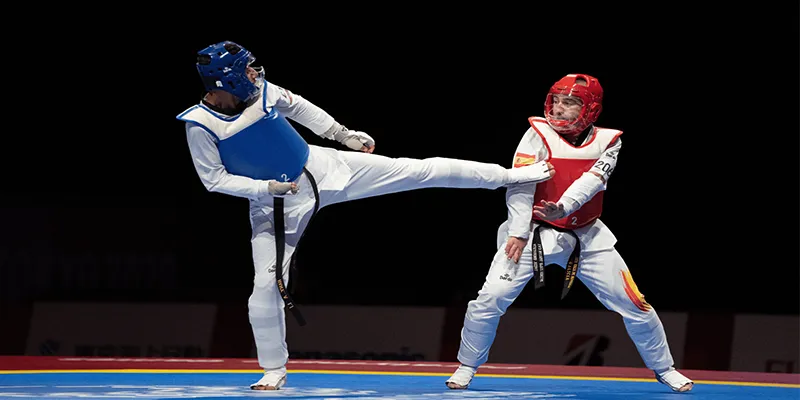
- Leg strength and flexibility from practicing high, fast kicks.
- Cardiovascular endurance through rapid, high-intensity movements.
- Improved coordination and reflexes from executing precise techniques.
- Weight management through calorie-burning workouts.
The belt ranking system in Taekwondo provides measurable goals and a sense of accomplishment, which contributes to mental well-being and motivation.
Karate
This Japanese martial art remains one of the world’s most popular for good reason—it offers balanced physical and mental development through:
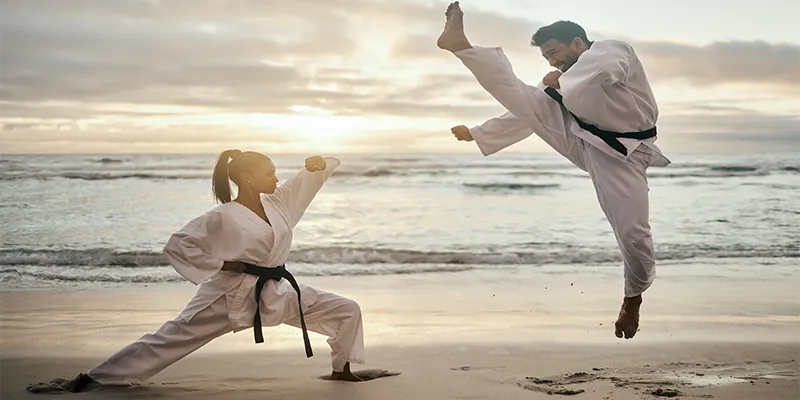
- Full-body strength development, particularly in the lower body, from maintaining stances and executing kicks.
- Enhanced flexibility through kata (forms) practice and stretching routines.
- Cardiovascular health improvement from dynamic movements and sparring.
- Mental discipline through focused practice and respect for tradition.
Karate’s approach makes it suitable for all ages, with dojo training providing social interaction that enhances the experience.
Specialized Martial Arts for Specific Health Goals
For Weight Loss: Kickboxing and MMA
If your primary health goal is weight management, consider these high-intensity options:
Kickboxing combines martial arts techniques with cardiovascular exercise, burning 350-450 calories per hour, according to some estimates.
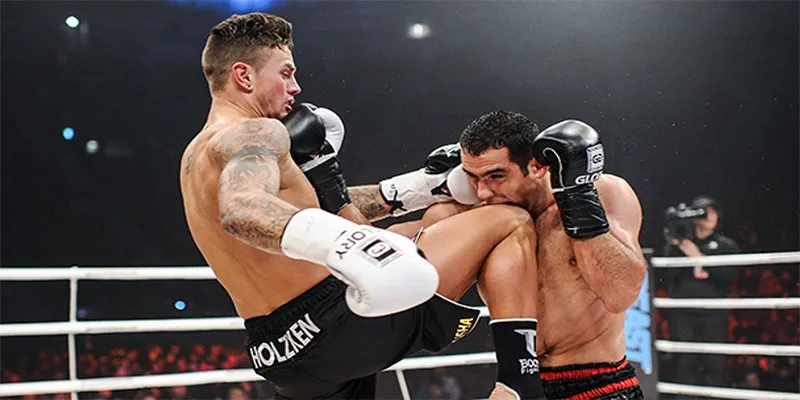
The constant movement targets abdominal muscles particularly well, helping reduce belly fat while improving overall endurance.
Mixed Martial Arts (MMA) incorporates techniques from various disciplines, providing a full-body workout that alternates between cardio, strength training, and technical drills.
This variety challenges different muscle groups while maintaining high calorie expenditure.
For Joint Health and Flexibility: Capoeira and Tai Chi
Capoeira, the Brazilian martial art that blends dance, acrobatics, and music, offers unique benefits for flexibility and coordination.
The fluid, dance-like movements enhance overall body control while being less impact-heavy than many striking arts.

Tai Chi, as mentioned earlier, provides exceptional benefits for joint mobility and may be particularly beneficial for those with arthritis or similar conditions.
For Stress Reduction: Tai Chi and Aikido
Aikido, with its philosophy of harmony and non-resistance, provides both physical activity and mental relaxation.
The circular movements and focus on redirecting force can have meditative qualities that reduce stress.
Frequently Asked Questions
Which martial art is safest for seniors?
Tai Chi stands as the most researched and recommended practice for older adults, with Qigong as an excellent alternative for those with mobility limitations.
What’s the best martial art for weight loss?
Muay Thai and Brazilian Jiu-Jitsu typically produce the highest calorie expenditure.
Can martial arts replace conventional exercise?
For most health markers, yes—quality martial arts training provides cardiovascular, strength, and flexibility benefits comparable to conventional exercise regimens.
Are martial arts safe for children?
Properly supervised programs significantly benefit children’s physical coordination, self-discipline, and social development while teaching conflict resolution skills.

